Industrial Machinery Rigging: A Comprehensive Guide for Beginners
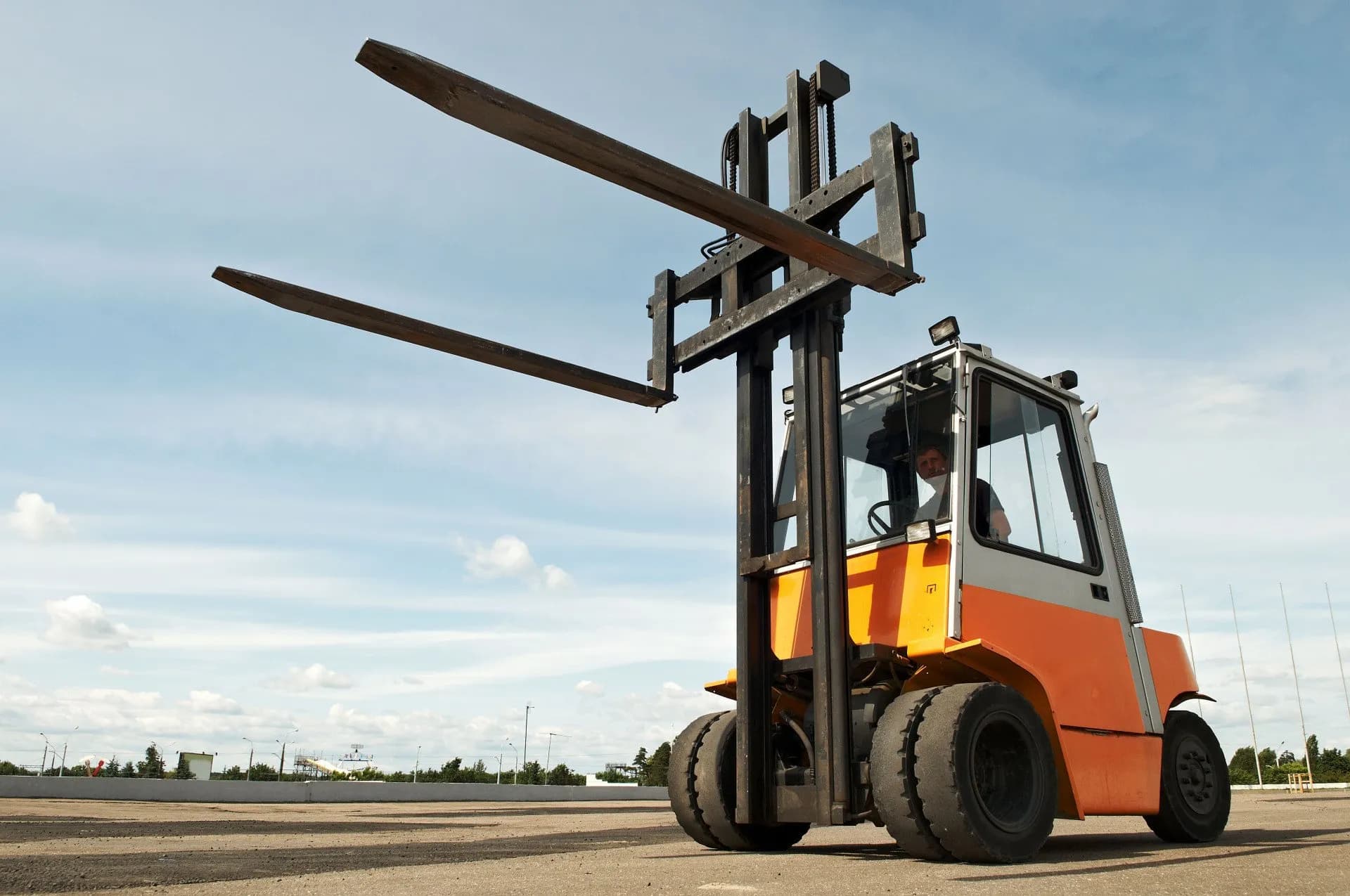
Industrial machinery rigging is a fascinating and critical aspect of various industries, involving the careful lifting, moving, and positioning of heavy equipment. If you’re new to this field, buckle up for an enlightening journey as we explore the intricacies of machine rigging, breaking down the key components and processes that make it all work seamlessly.
Understanding the Basics of Rigging
1. Rigging Defined
Rigging refers to the techniques and processes involved in safely moving and positioning heavy loads using various equipment and tools. It’s the behind-the-scenes choreography that ensures everything from manufacturing plants to construction sites operates smoothly.
2. Components of a Rigging System
- Slings: These are flexible straps or cables to support and lift loads. Examples include synthetic web slings, chain slings, and wire rope slings.
- Shackles: Shackles are sturdy connectors that link different rigging components, ensuring the integrity and safety of the entire setup. Anchor shackles and chain shackles are common types.
- Turnbuckles: They are adjustable connectors that allow for fine-tuning the tension and length of the rigging system. They play a vital role in achieving precision in lifting.
- Hoisting Equipment: Electric chain hoists and wire rope hoists are potent tools that lift and position heavy loads efficiently and effectively.
The Rigging Process Unveiled
1. Assessment and Planning
Before any rigging operation, a thorough assessment is conducted to understand the load’s weight, dimensions, and center of gravity. Rigging professionals then plan the entire operation, considering load capacity, environmental conditions, and safety protocols.
2. Selection of Rigging Equipment
Based on the assessment, the appropriate rigging components are selected. This includes choosing the right type of slings, shackles, turnbuckles, and hoisting equipment suitable for the specific load and rigging scenario.
3. Rigging Configuration
Professionals configure the rigging system, ensuring each component is correctly positioned and secured. This involves attaching slings to the load, connecting shackles, and adjusting turnbuckles to achieve the desired tension.
4. Lifting and Positioning
With the rigging system in place, the lifting operation begins. Hoisting equipment is activated to lift the load, and rigging professionals carefully maneuver and position it according to the predetermined plan.
5. Safety Measures
Safety is paramount in rigging operations. Rigging professionals adhere to strict safety protocols, including personal protective equipment, regular equipment inspections, and communication systems to ensure a safe and controlled operation.
Navigating the Rigging Landscape
Understanding industrial machinery rigging is like deciphering a well-choreographed dance – each component plays a vital role, and precision is key. Every element contributes to a successful rigging operation, from slings supporting the load to turnbuckles fine-tuning the tension. Whether you’re involved in construction, manufacturing, or any industry relying on heavy machinery, gaining insight into the world of rigging enhances your appreciation for the seamless coordination required to move mountains, one load at a time. As you delve into this dynamic field, remember that rigging is not just about lifting weights; it’s about raising with precision, safety, and expertise. Welcome to the world of industrial machinery rigging!
Newsletter
Don't miss a thing!
Sign up to receive daily news
Recent Posts
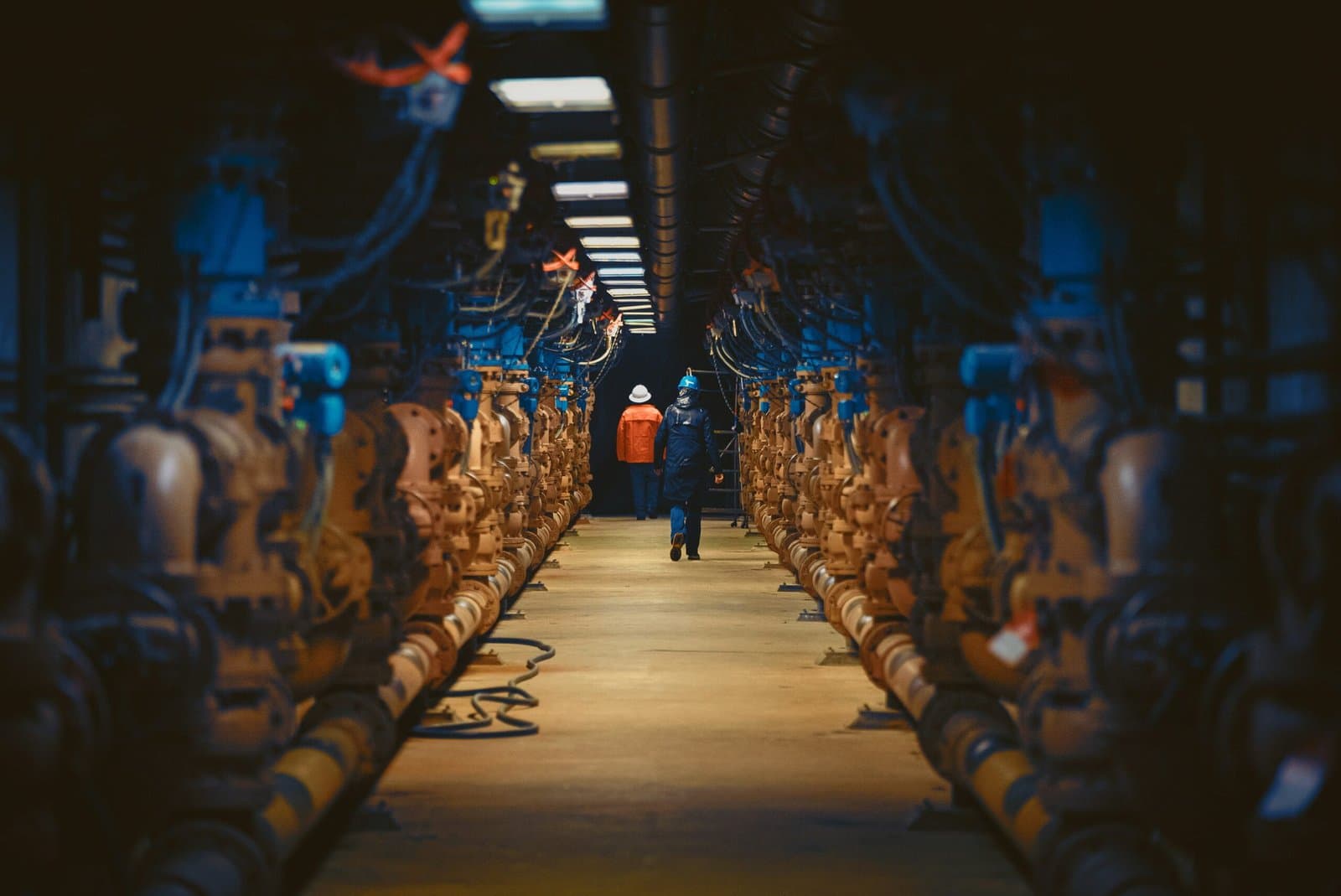
august 30, 2025
Decommissioning a Facility: How to Turn It into a Profitable Venture
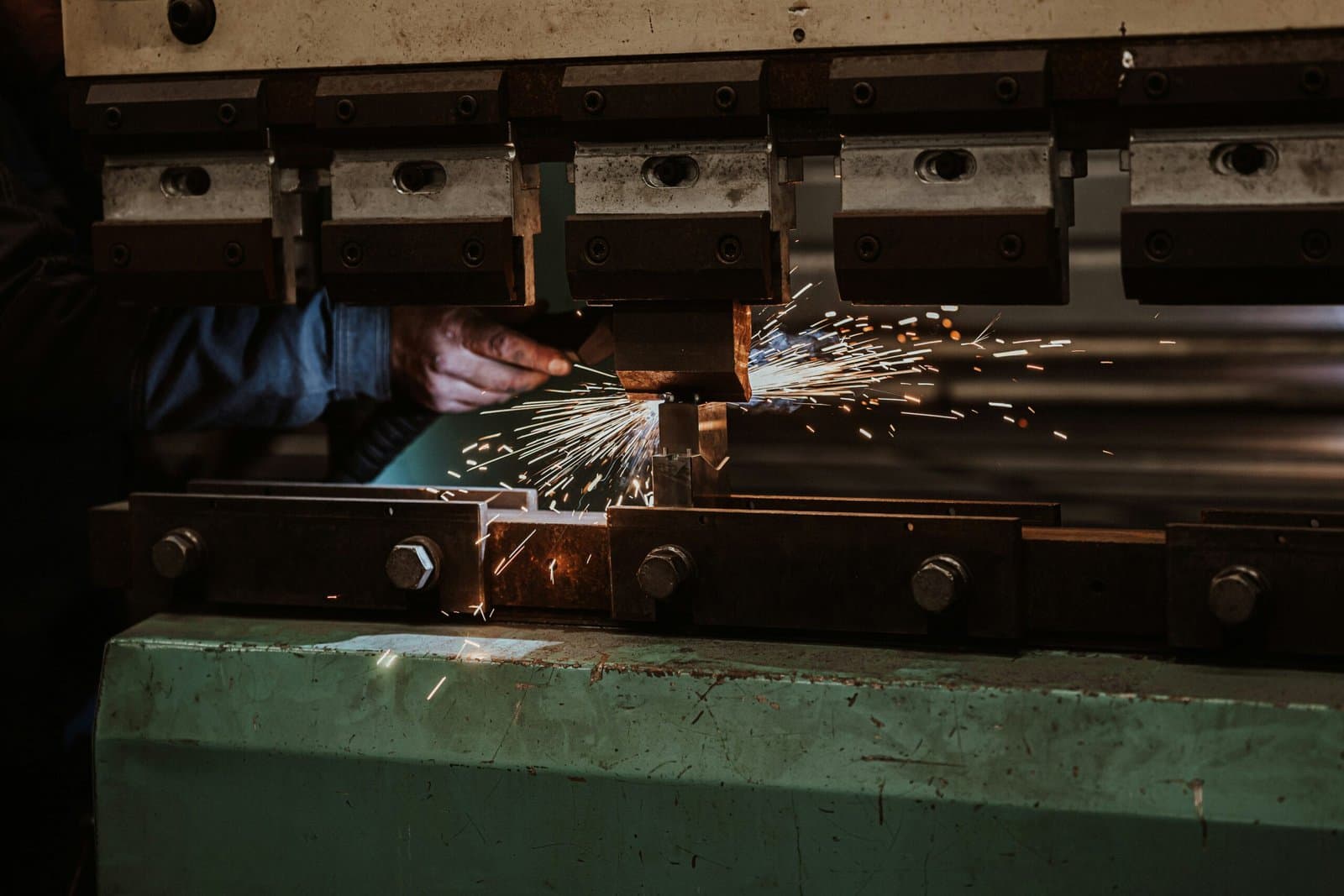
august 25, 2025
Hydraulic Press Maintenance 101
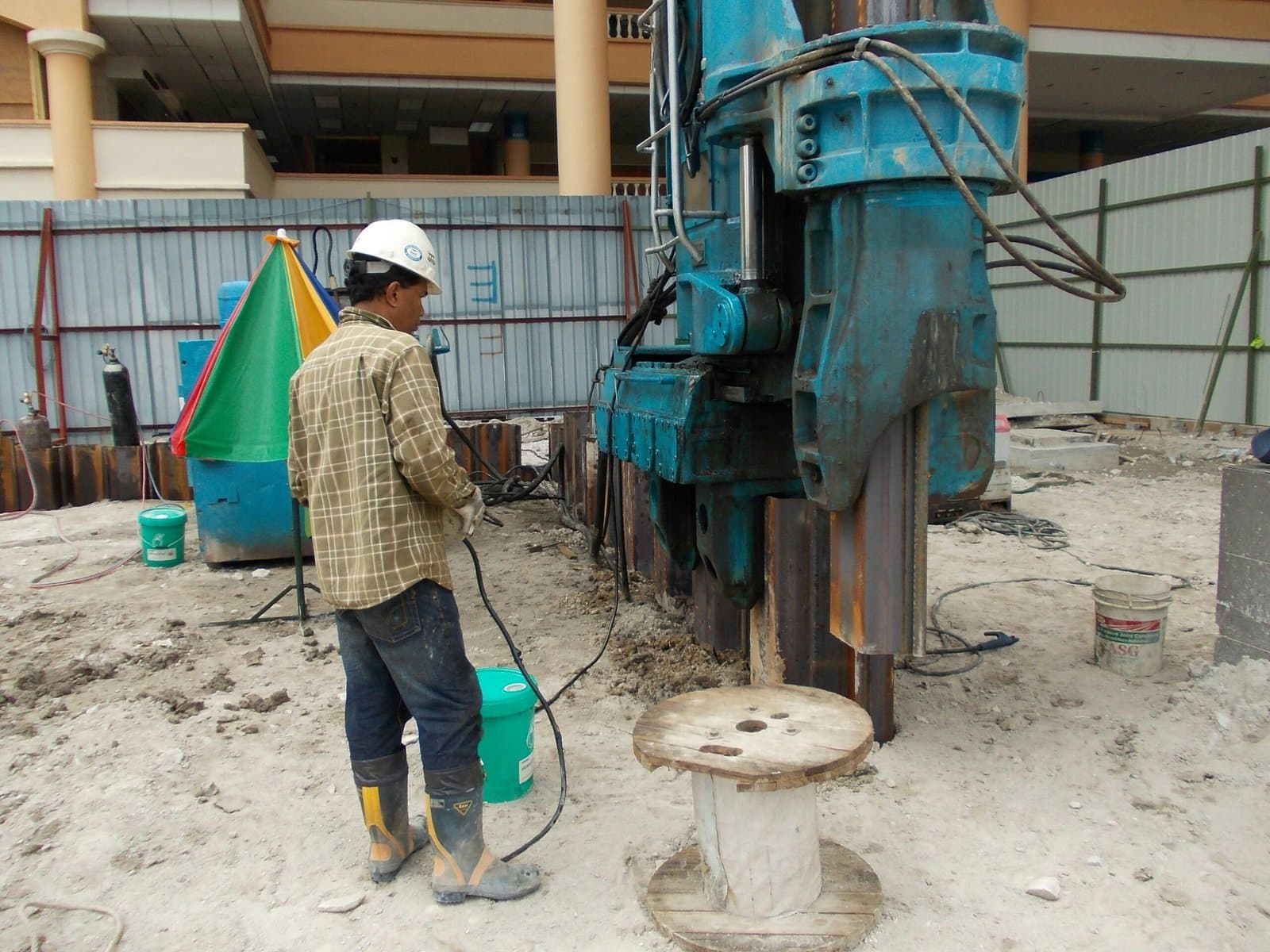
august 18, 2025
Rigging Machinery: The Challenge of Moving and Installing Outdated vs. Modern Equipment

august 16, 2025
Conveyor System Maintenance: 5 Early Warning Signs of Failure

august 14, 2025
Predictive Maintenance: The Smarter Alternative to Costly Reactive Repairs
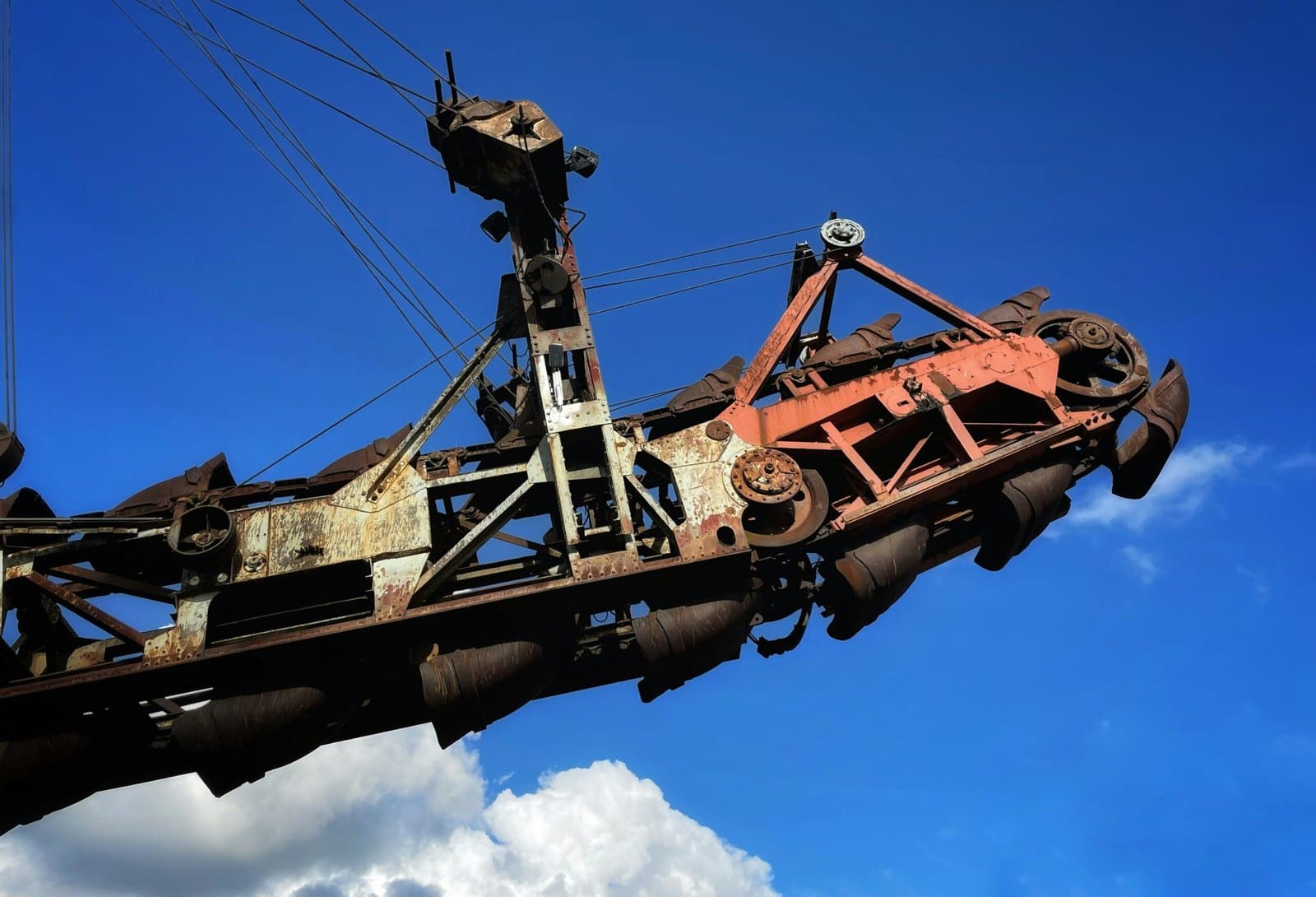
august 11, 2025